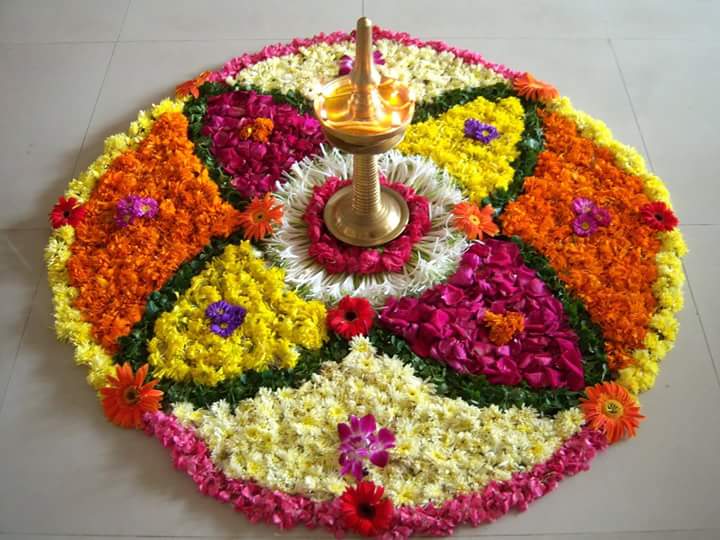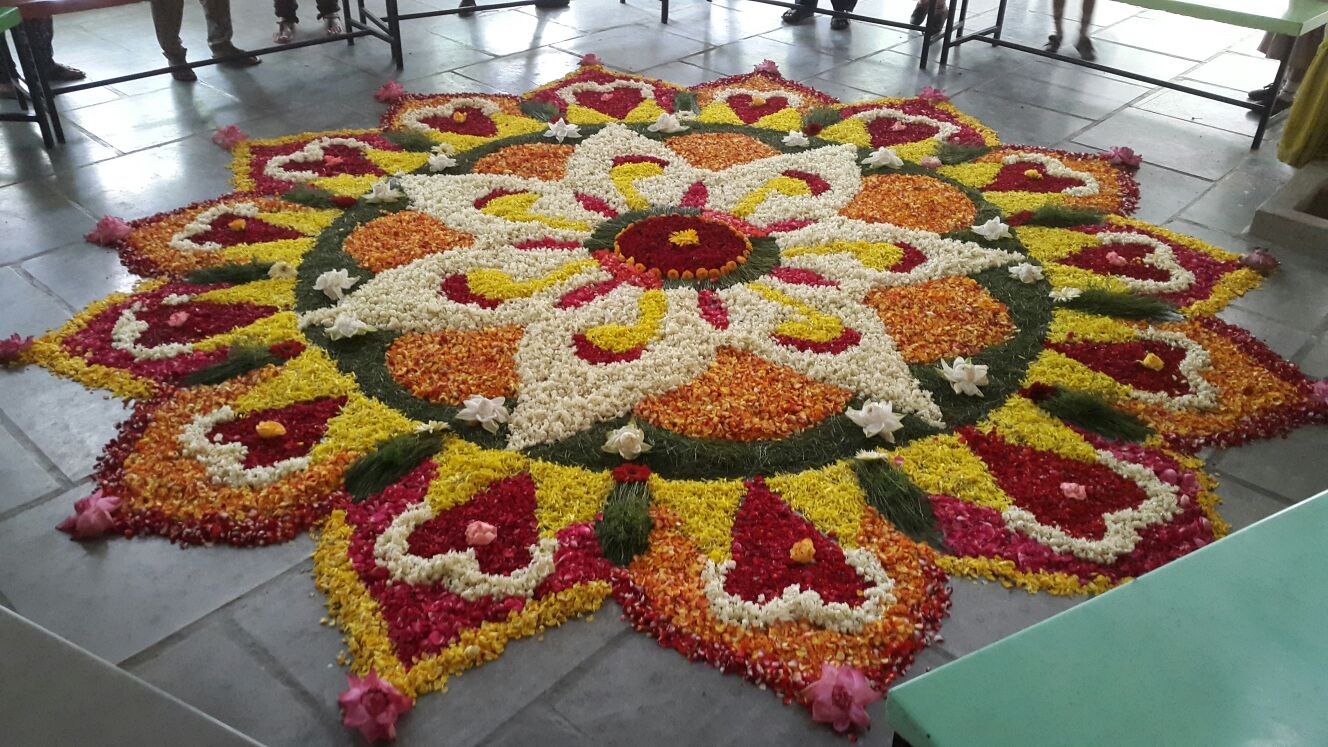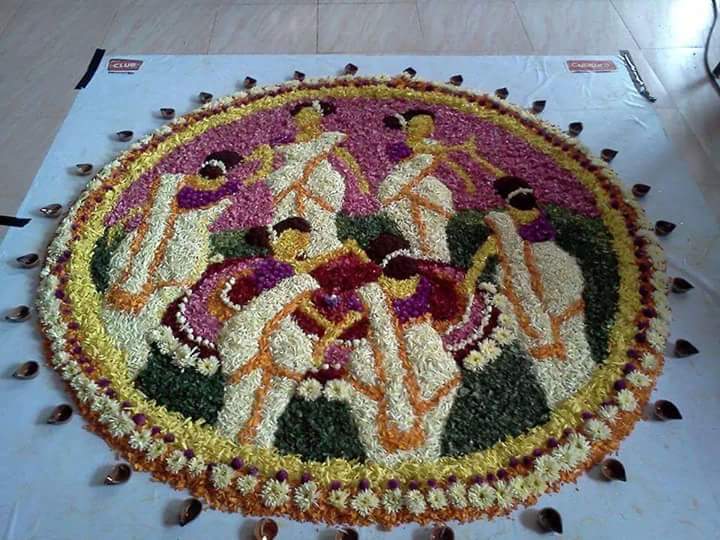Onam, saying it with flowers — part 1
Pookalam or floral carpets are an integral part of Onam celebrations to welcome the return of Mahabali, the legendary king.
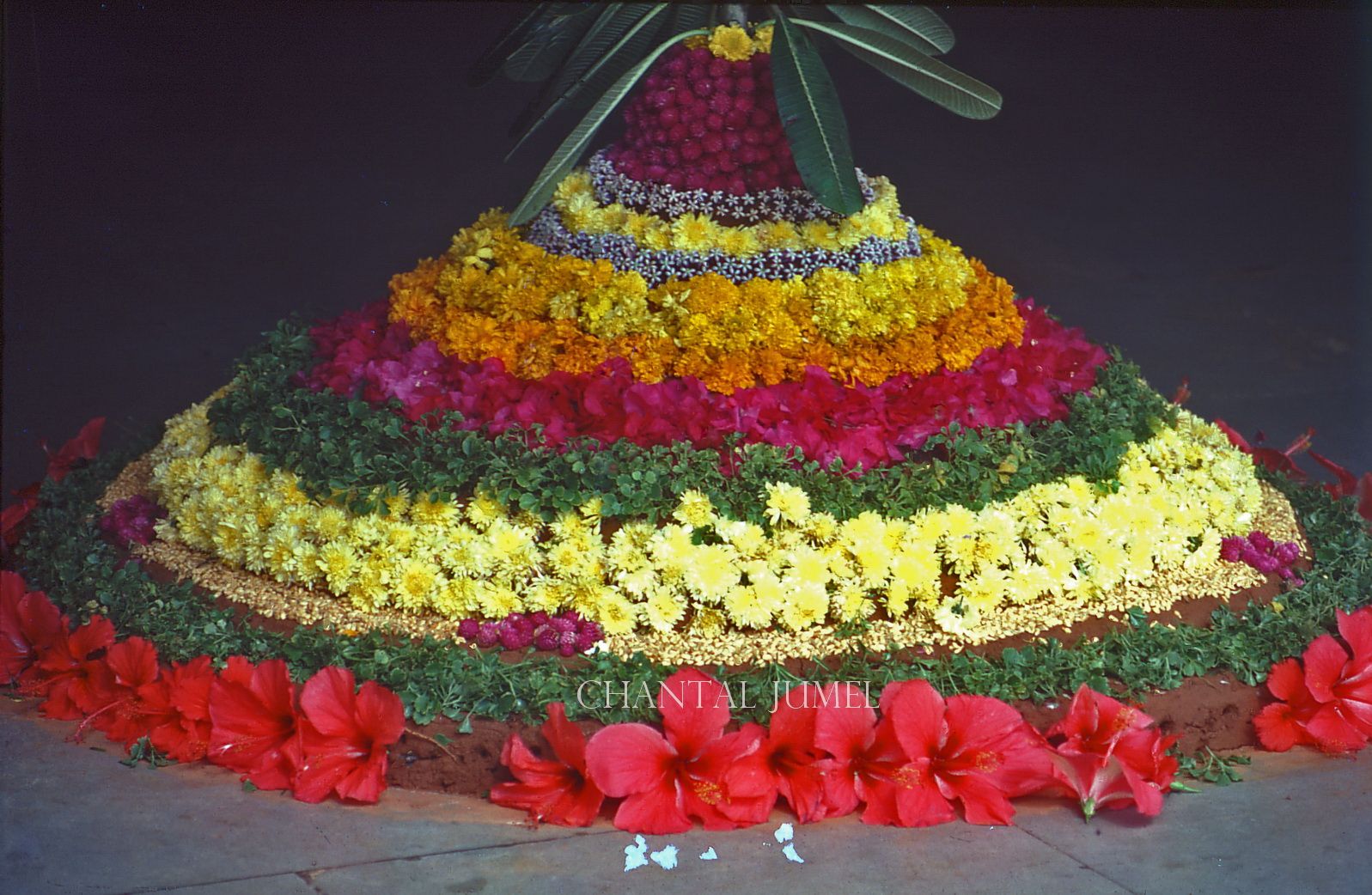
Onam, the harvest celebration
Onam the colourful harvest festival, is celebrated in the Malayalam month of Chingam (mid-August mid-September). Keralites and Malayalee communities around the world join to celebrate the yearly return of their king Mahabali or Maveli from the netherworld . As legend has it :
“The kingdom of the mighty demon-king Mahabali was prosperous, and he had triumphed through severe austerities to conquer the three worlds: Earth, Heaven, and Netherworld. Indra the King of the Gods, feeling humiliated and threatened, asks Mahavishnu to intervene. The latter decided to test Mahabali's devotion and declared that he would perform a sacrifice and grant anyone any request during the yajna. Mahavishnu took the form of a dwarf (Vamana) and approached Mahabali. Generously, the king offered to the boy whatever he wished: gold, cows, elephants, villages, food. Vamana responded that all he desired was "three paces of land." Pleased by the request, the demon king, known for his largesse, agreed. Vamana grew to an enormous size and covered Mahabali's kingdom in just two paces. He took the whole earth with the first step and the entire middle world with the second step. With the third step, Vamana sent Mahabali down to rule the underworld. In approval of his devotion and his giving nature, Vishnu granted Mahabali the right to return to Earth once a year to visit his kingdom and his people.”
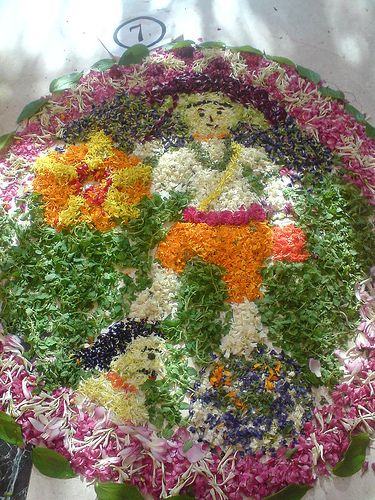


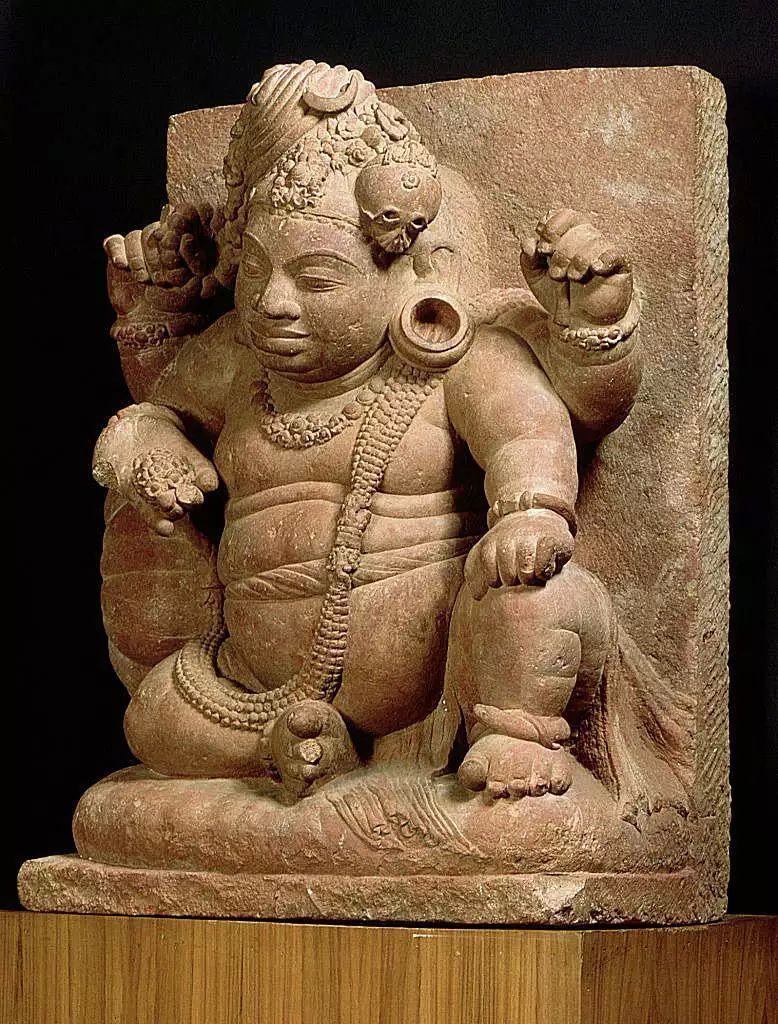
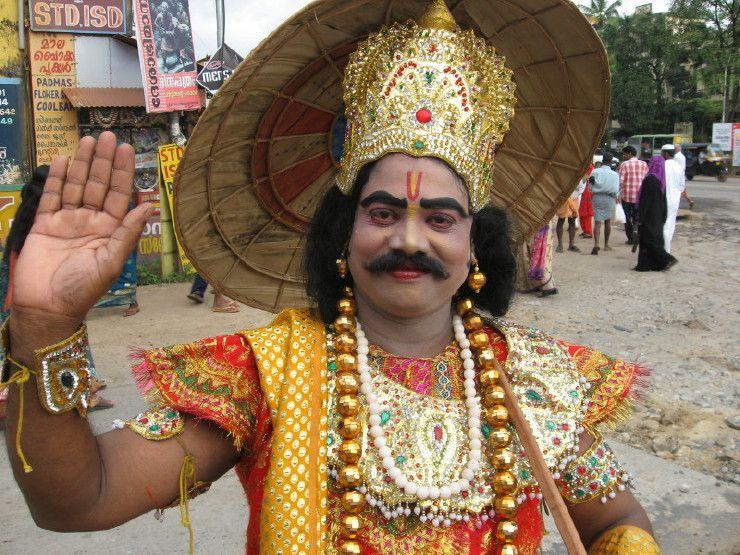
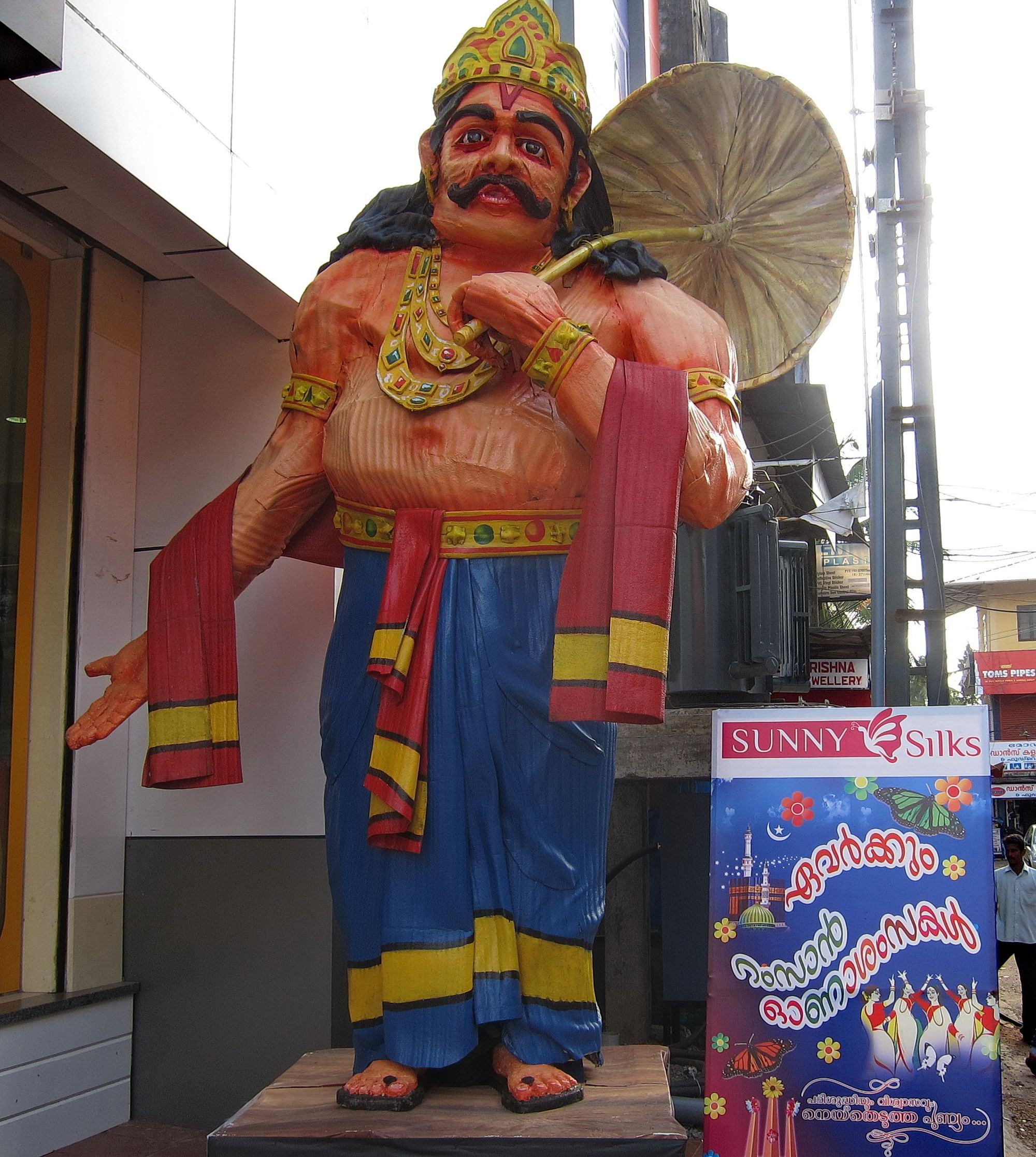

For the Malayalees living in Kerala or abroad, the festival transcends caste, creeds and other barriers and reminds everyone of a bygone utopian era of prosperity, equality, and righteousness. It carries reminiscences of boat races, cultural programs, sports competitions, dance events, martial arts, and floor decorations. One of the many verses from a 17th century ballad, the Mahabali Charitam, bears testimony to the virtues of this golden age.
When Maveli ruled the land,
All the people were equal;
Times when people were joyful and merry;
They were all free from harm.
There was neither anxiety nor sickness,
Deaths of children were unheard of,
No wicked person was in sight anywhere
All the people on the land were good.
There was neither theft nor deceit,
And no false words or promises.
Measures and weights were right;
There were no lies,
No one cheated or wronged his neighbour.
When Maveli ruled the land,
All the people were equal;
Pookalam, the floral carpets
Pookalam or floral carpets are an integral part of the celebrations to welcome the return of Maveli, the legendary king. In Mahabali Charitam, or the story of Mahabali, the latter delineates how to conduct the festival and the floral decoration.
“Then Mahabali continued, saying to the men and women: We should conduct the festival like this: From this day all of us should decorate our houses, we should clear and sweep the courtyard and daub it with cow dung. We must build a mud platform and construct on it chalk designs and decorate it with tumpa and other flowers. This performance beginning from Attam ten days before Onam. How many celebrations there are I cannot describe."
In the eighties in my Kerala village, I remember how women and children gathered blossoms of several varieties of flowers and arranged them in simple, and often, concentric designs. After the torrential rains of the southwestern monsoon, the sky was brighter. Nature was greener than ever, and abounded in fruits and flowers. Traditionally, pookalam included flowers endemic to Kerala like tulasi: (basilic Ocimum Sanctum), chethi (Ixora), chemparathy (Hibiscus), shankupushpam (Butterfly Pea), jamanthi or yellow and white Chrysanthemum, mandaram (white Bauhinia), mukkuthi (Sensitive plant), Hanuman kireedam (Red Pagoda flower), thumbapoo (Ceylon slitwort), aripoo (Common lantana), blue-hued kakkapoo (Lobelia), kannanthali (Exacum, it is said that the petals are looking like kajal laid eyes), mathapoo (Pumpkin flower), kolambi (Golden Trumpet Vine), Kalyanasougandhikam (White Ginger Lily), champaka ( White Frangipani), Pavizhamalli (Coral Jasmine) etc. Leaves in different shades, ranging from brownish purple and magenta, to light and dark green, were also plucked. Pinched up into little pieces, they were used to design and decorate patterns on the floor in front of the house or on the temple premises.
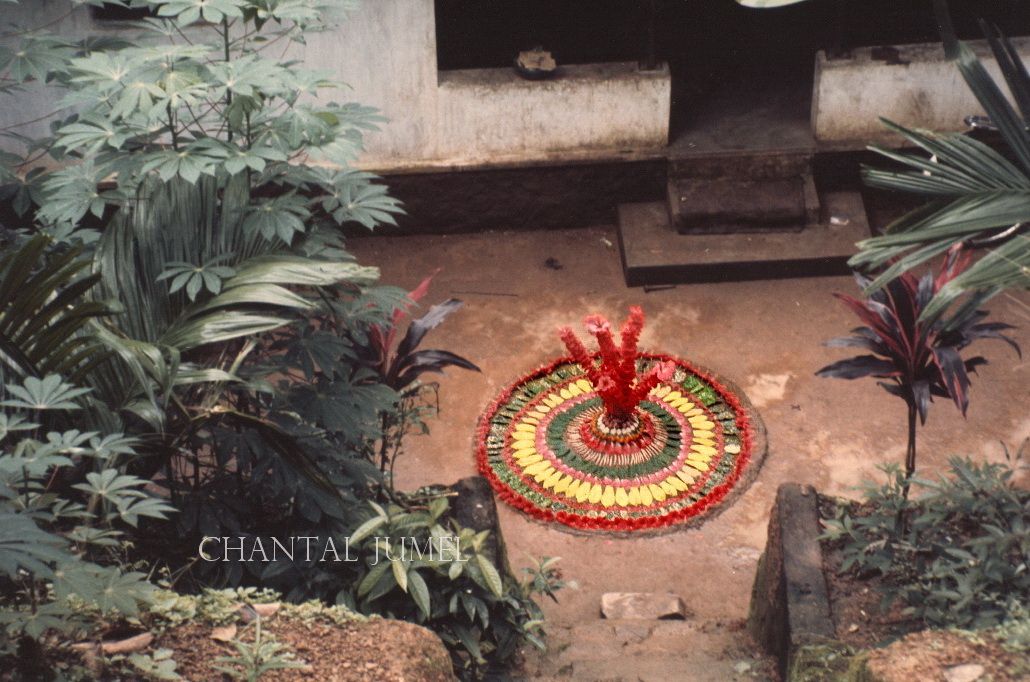
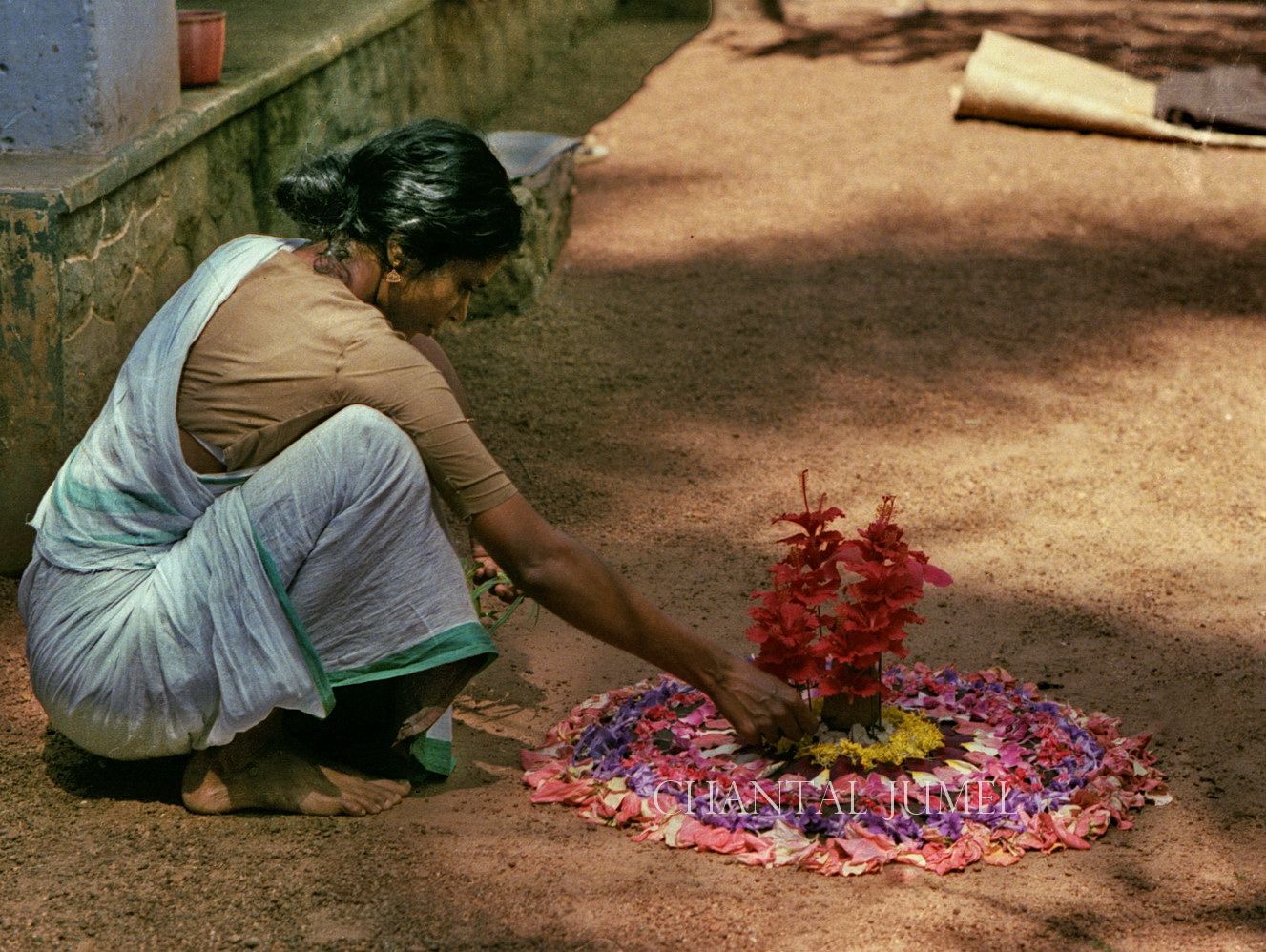
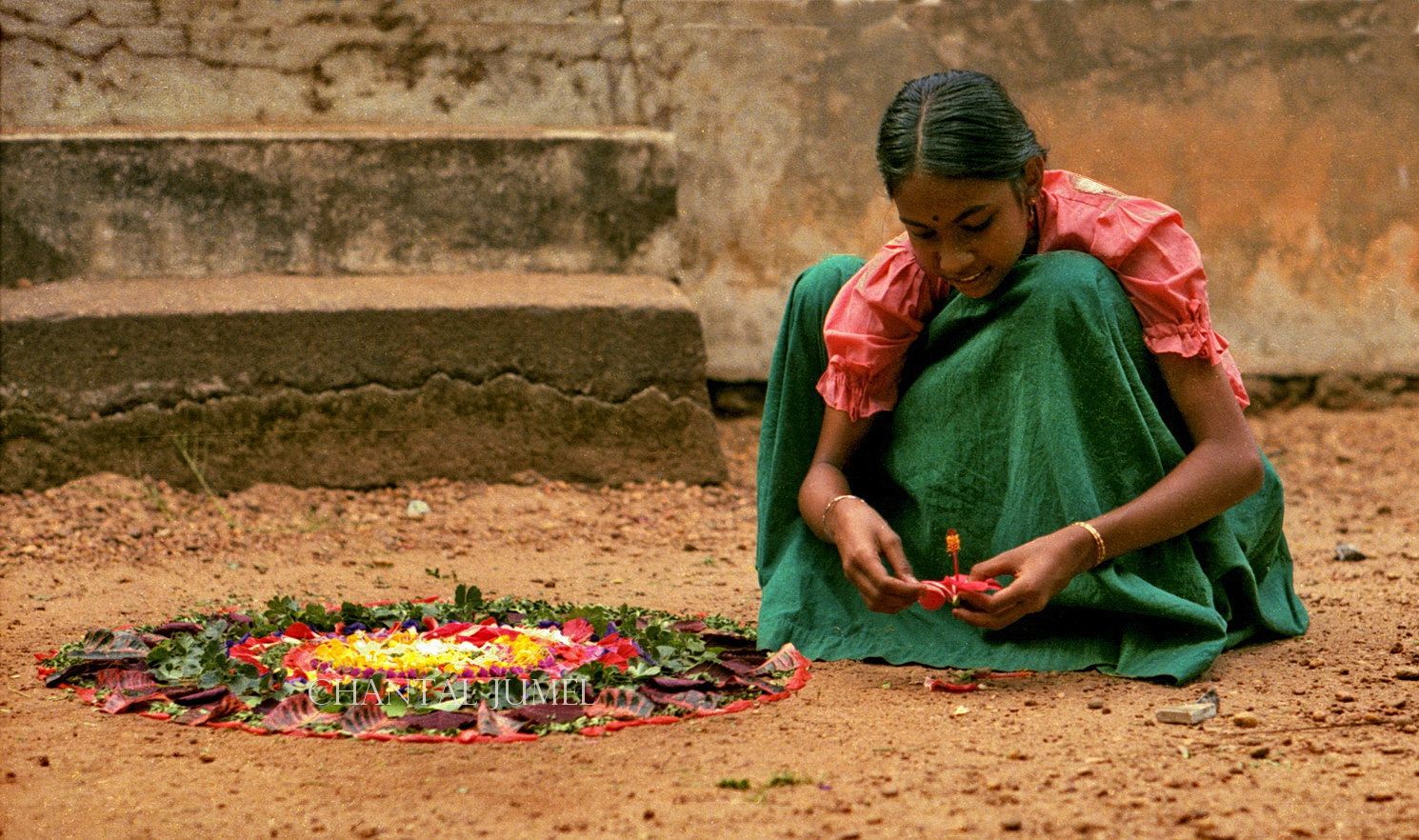
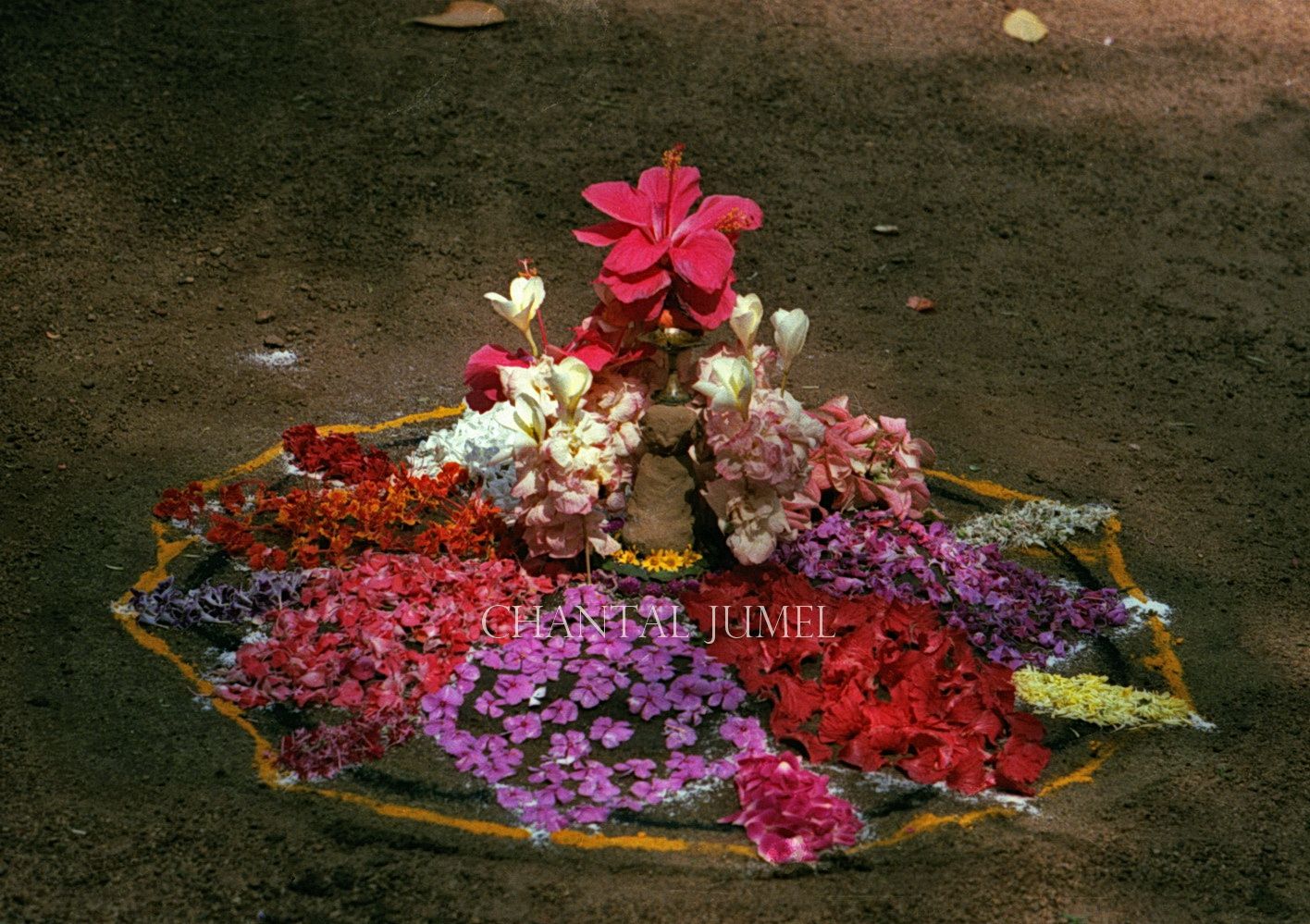
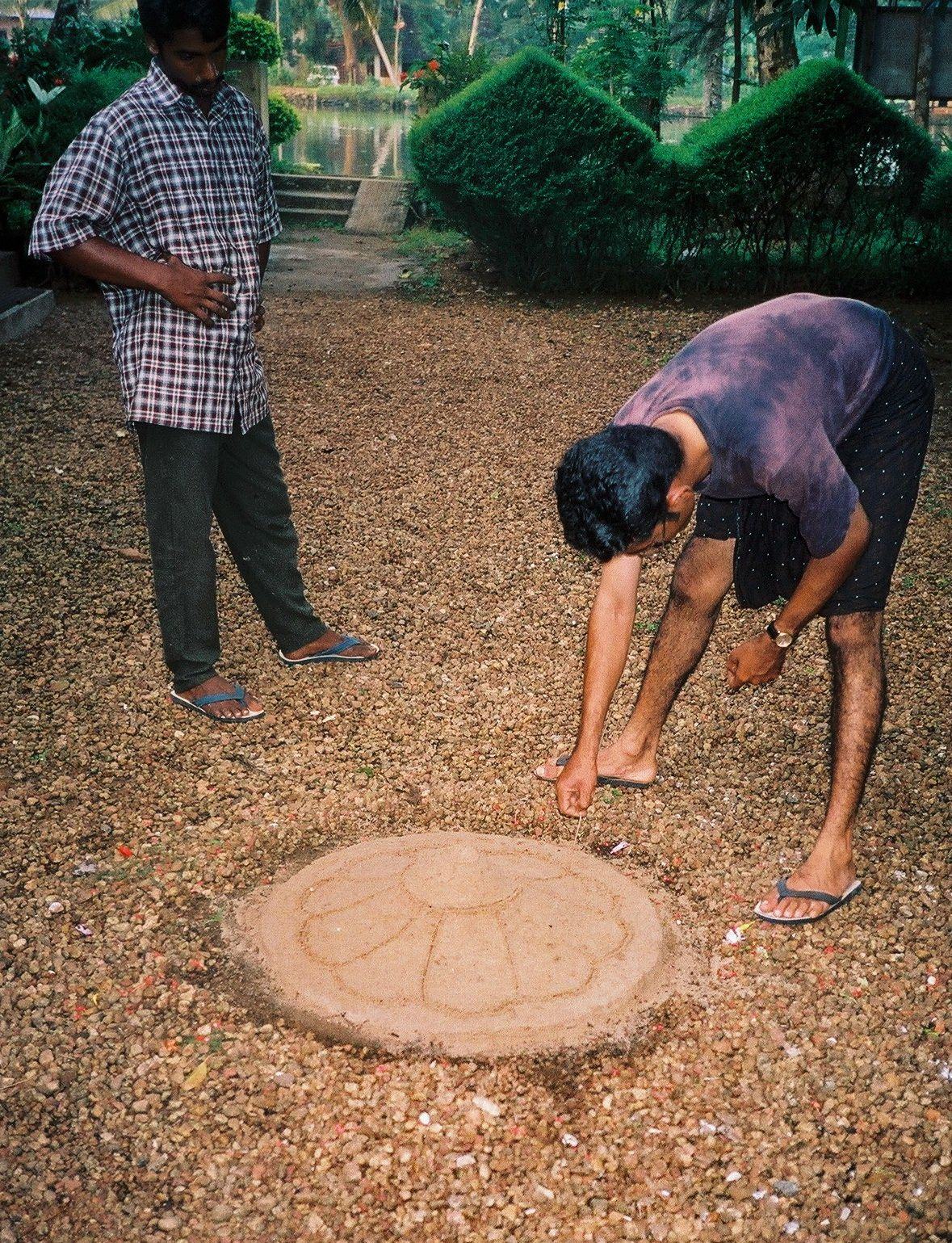
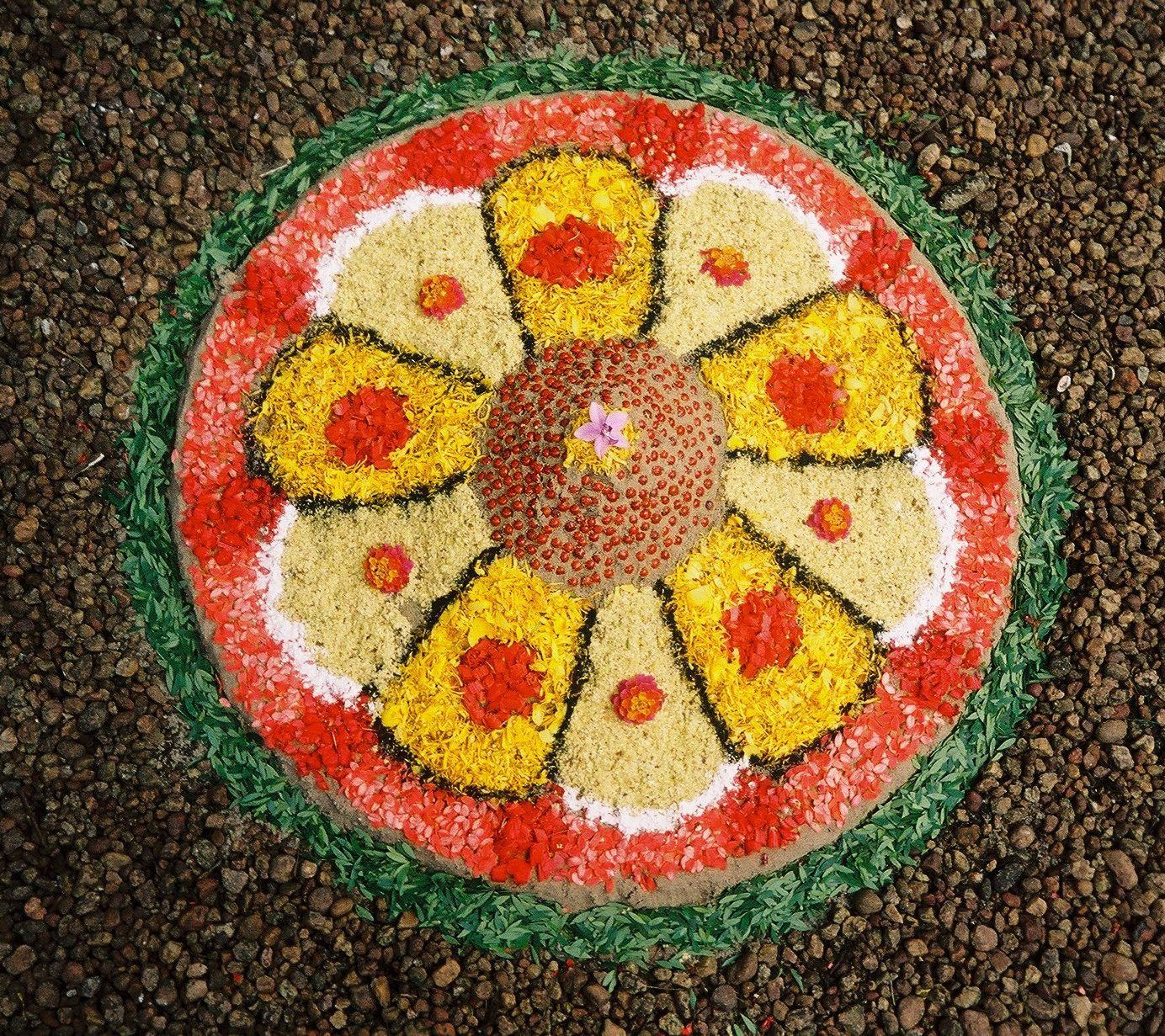
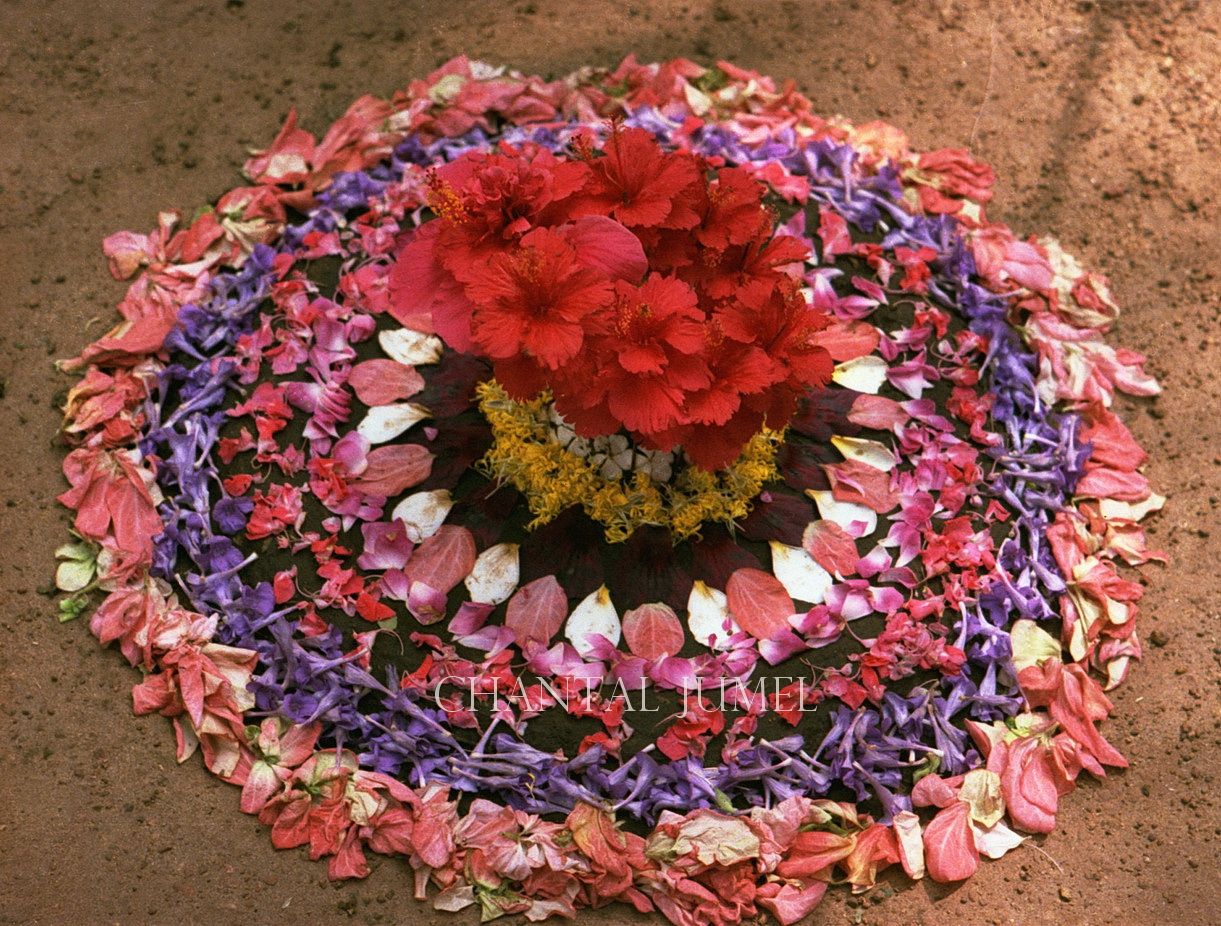

These blossoms and so many others that had once decorated the courtyards of the Malayalee household have almost disappeared and are today replaced with roses, vadamalli (Globe amaranth), marigold, gladiola, aster, lotuses etc. Pookalam has become popular in the cities also. Floral decorations have exchanged their modest appearance with more panache. The almost aerial farandoles of rural designs have given way to radiant compositions rich in flower petals. Many pookalam replicate images of gods or goddesses or renowned Kerala paintings. Some floral compositions celebrate civic corporations or symbolise various professions.
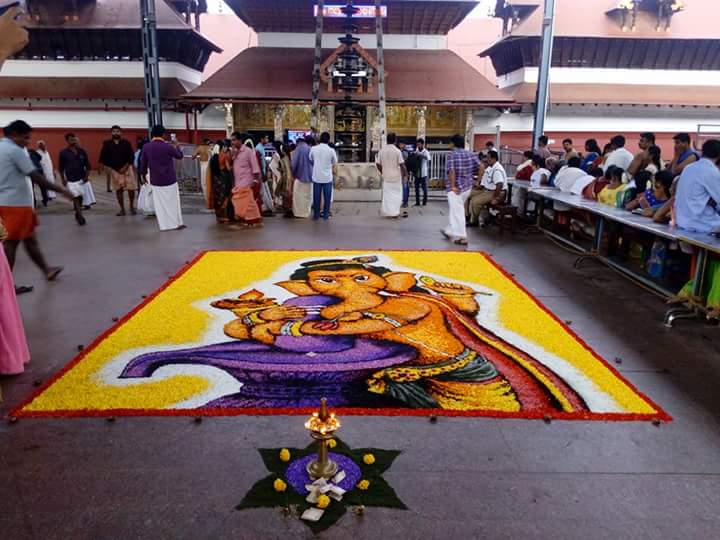
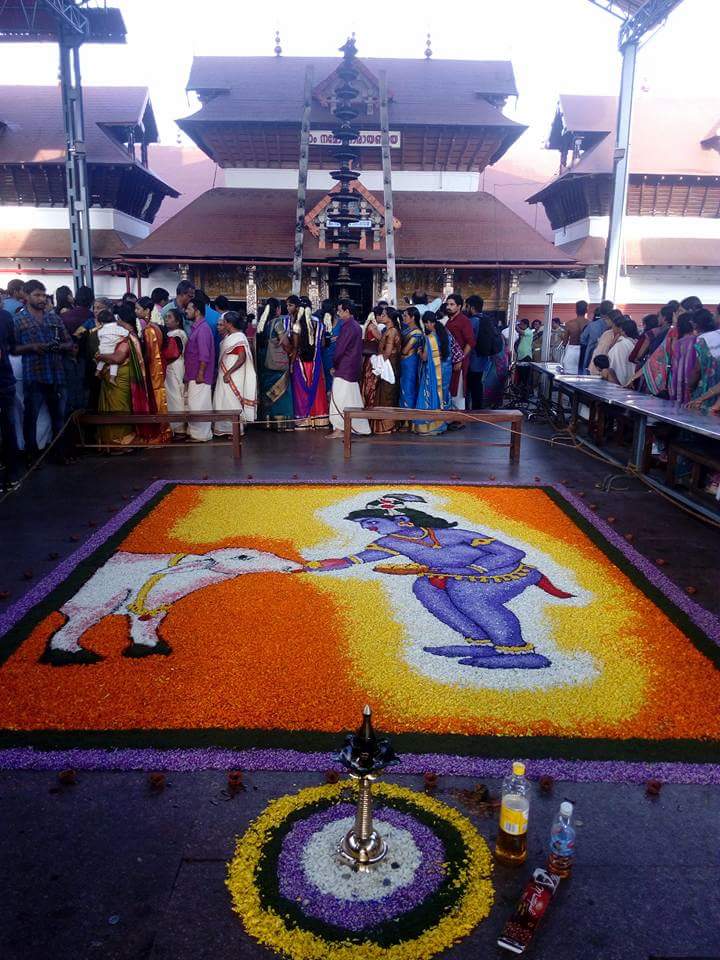
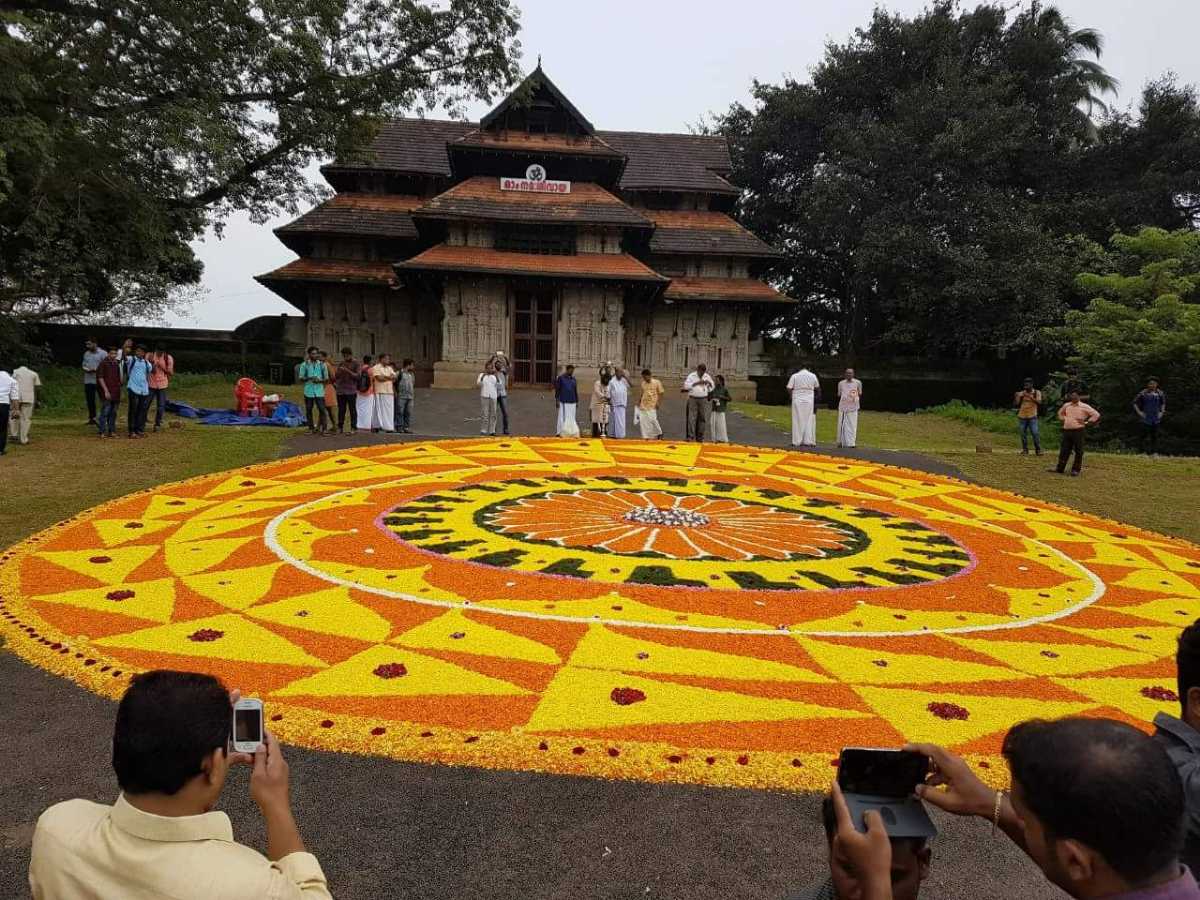

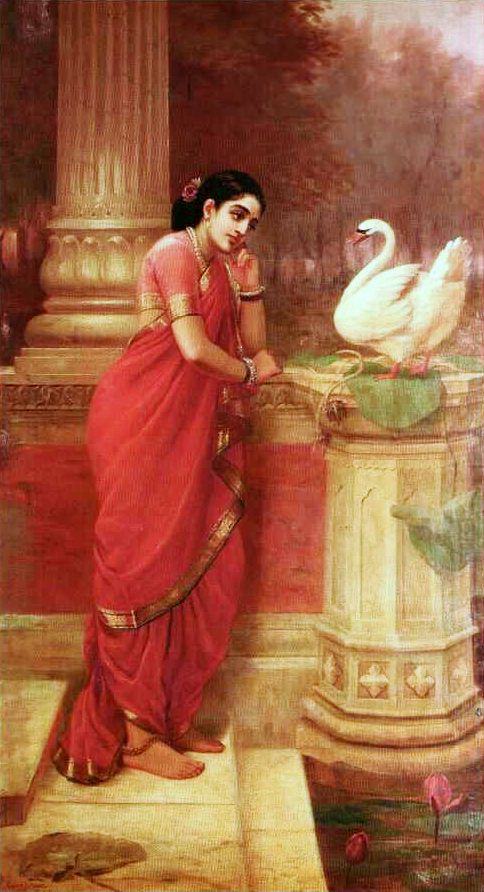
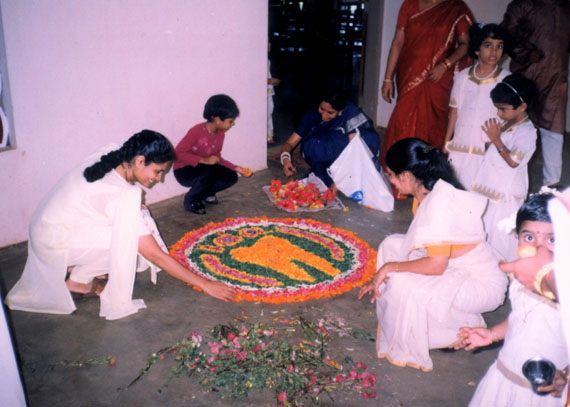
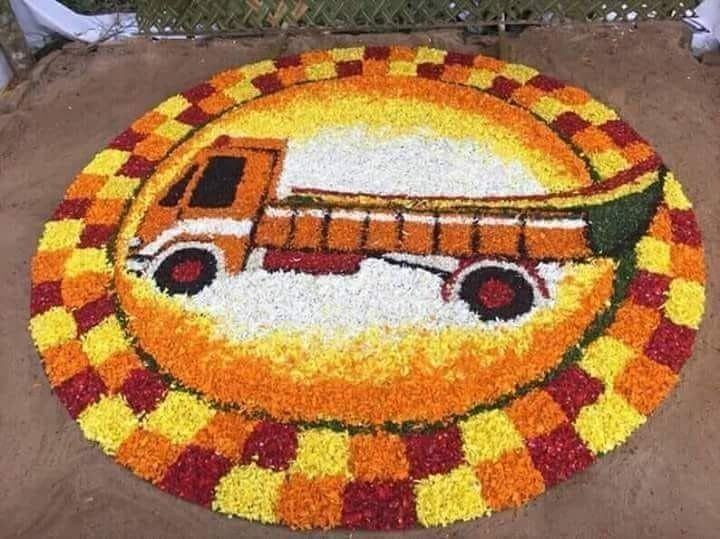
In cities, students, bank secretaries, hotel or company employees, use their creativity to compete among themselves. Tourists directed by the tour guides are invited to participate in the arrangement of a floral carpet.
